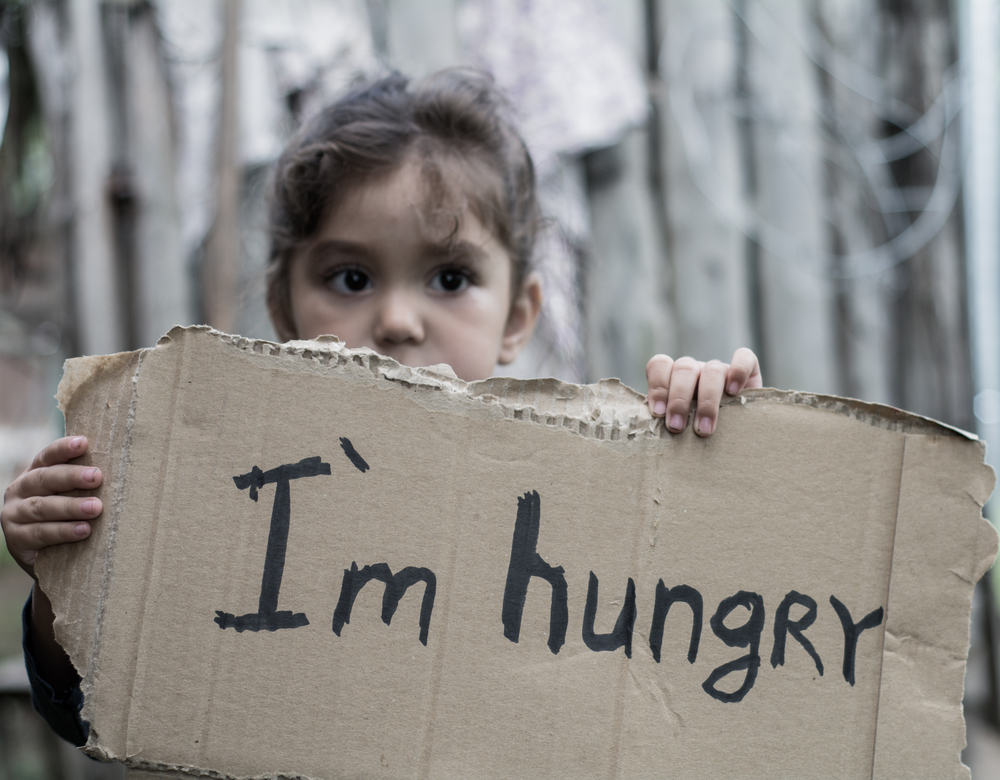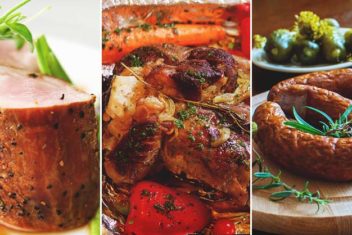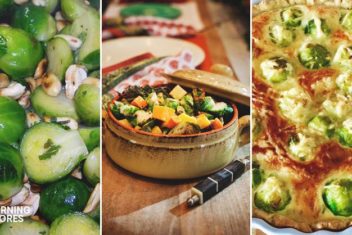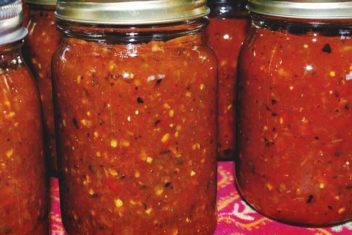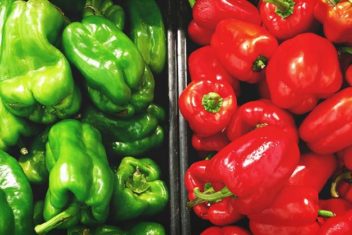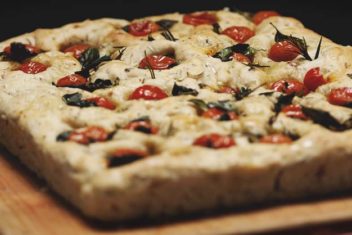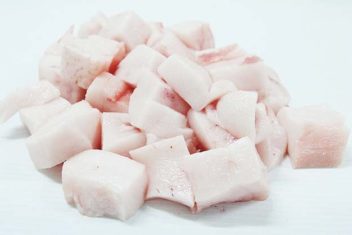You’ve undoubtedly come across the term “food insecurity” by now, but you may not be aware of what it encompasses. It’s a serious issue that goes beyond being hungry once in a while, as it affects billions of people worldwide on a daily basis.
In this article, we will go into detail about what food insecurity means, how it happens, and what measures you can take to increase food security for yourself, your family, and your community.
What is Food Insecurity?

In simplest terms, food insecurity is a state in which a person isn’t guaranteed to have sufficient, decent-quality food to meet their basic needs.
It has nothing to do with an inability to cook but is an issue that affects low-income households, those in “food deserts,” elderly and disabled people, and communities affected by conflict.
Some may argue that as long as people have basics like grains and beans, they technically have “enough” to eat. That’s not exactly true.
A major aspect of this type of insecurity is the ability to have a healthy, balanced diet with enough variety to provide all the necessary vitamins and minerals people need. Hunger may be assuaged with oatmeal or congee, but long-term nutritional deficiencies lead to chronic disease and premature death.
Another aspect of food insecurity is not having access to foods associated with one’s cultural heritage or those that meet individual dietary needs.
For example, a person with Celiac disease who has little to no access to gluten-free items would be considered food insecure, as would someone who can’t buy foods from their home country in local grocery stores.
Food insecurity affects 25% of people in the USA and Canada, translating to approximately 93 million people. Worldwide, nearly 30% of the global population is food insecure: that’s close to 2.4 billion human beings who don’t get enough decent, healthy food to eat.
What Causes Food Insecurity Worldwide?
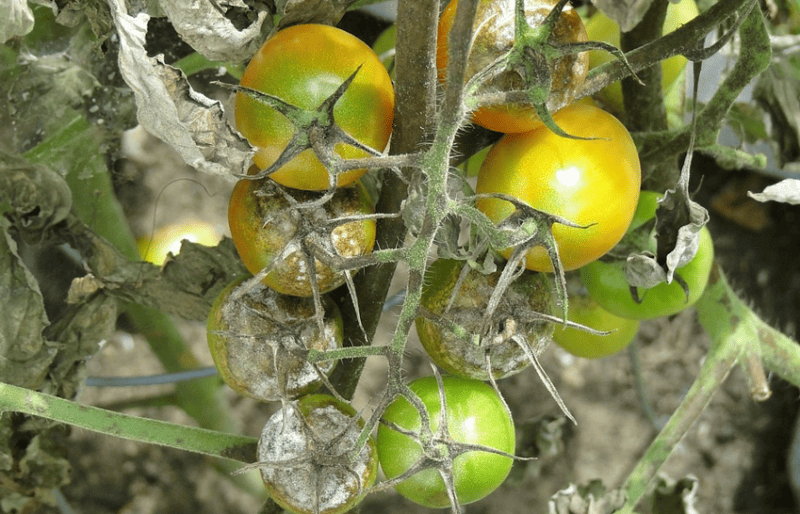
There are many different causal factors for global food insecurity. Areas in conflict may have difficulty growing and accessing a wide variety of foods. For example, if crops have been obliterated by shelling or if blockades are preventing humanitarian aid from getting food to hungry people in the area.
Climate change is also a massive cause of food insecurity.
Unstable seasons and unpredictable weather patterns affect overall crop health and yield. If a sudden cold snap, tornado, or intense, drought-causing heat wave occurs, crops that should be able to feed the population end up either destroyed or severely damaged.
Severe weather issues can also affect crops in other ways, such as a sudden hot, damp spell causing devastating fungal issues like powdery mildew or blight.
As a result, the lower yields lead to food shortages and increased grocery prices (which we are all dealing with now). People who, up until recently, were able to feed themselves and their families with their standard paychecks are now struggling, and food bank usage is up over 60% in most cities.
We also mentioned “food deserts.” These are areas in which affordable, healthy food is severely lacking. Some of these places are land-locked in areas where soils have been depleted, thus preventing farmers from growing sufficient amounts to feed the population.
More often, however, these “deserts” are in low-income, marginalized areas where stores don’t get stocked often, and what’s offered is beyond the means of the local people to buy.
Using Your Home Garden or Homestead to Ease Food Insecurity
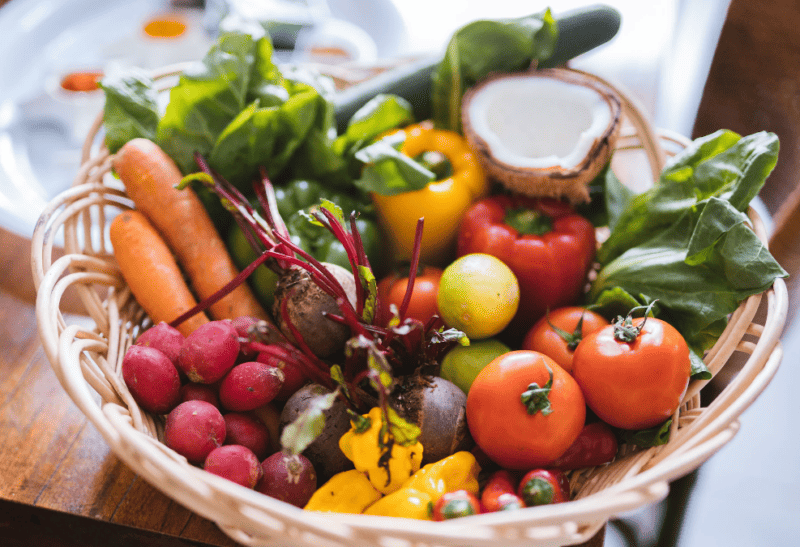
One of the best ways to mitigate food insecurity is to grow as much of your own food as you possibly can.
Food can be grown in even the smallest spaces, and doesn’t take as much effort as you think. Furthermore, you can grow food year-round with a combination of indoor and outdoor gardens, no matter what type of climate you live in.
Transform Your Yard into a Food Forest
If you’re fortunate enough to have a front or back yard (or if you’re very lucky, both!), then take advantage of every inch of soil and grow as much food as you possibly can. Depending on where you live, you may have to do some research regarding zoning laws and permissions.
You don’t want to put a ton of effort into creating the perfect front yard vegetable garden only to be informed by local council members that growing food in front of your home is illegal.
Additionally, do soil testing and check for plumbing and electrical amenities below ground level. Otherwise, digging into your backyard to plant a couple of apple trees may yield rather disastrous (and expensive) results.
If you only have a backyard, that’s okay! Transform it into a thriving food forest complete with perennial species and symbiotic guilds, and you’ll be reaping the rewards of your labors for years to come.
Growing this way is ideal for keeping plants healthy, thus avoiding pathogens that can lead to crop failure and greater food insecurity.
Go Vertical
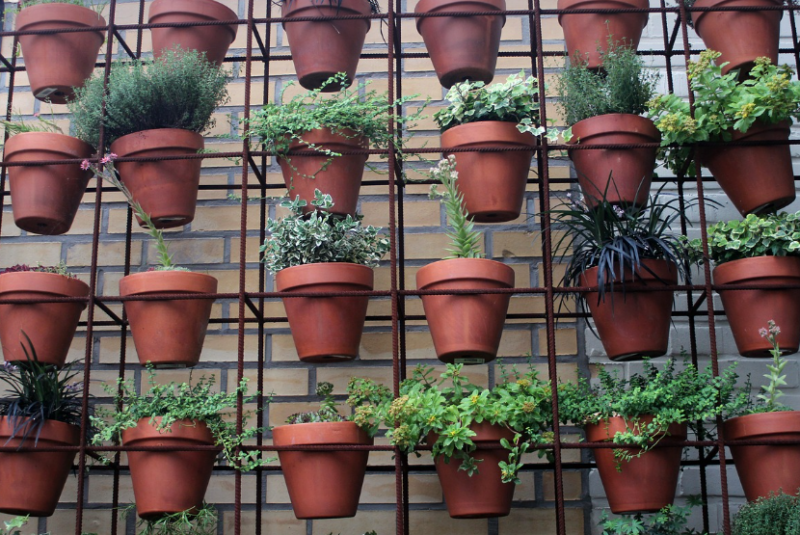
If you only have a small amount of space to work with—or no outdoor space at all—that’s okay! You undoubtedly have something that you can use to grow food effectively: a wall. If you’re fortunate, you have more than one wall, which means more food for you and your family.
Look into edible climbing and vining plants that you enjoy eating and that can be grown effectively on trellises or other vertical supports. Then, create these supports on the walls that offer the types of light that these species need, and get growing!
Bonus points if they’re dual-purpose, such as sweet potatoes: you can eat their mature tubers and cook their leaves and vines like spinach.
Indoors, choose species that require less direct light but can still be grown against a wall. Alternatively, grow food in front of the sunniest window you have.
I’m currently growing peas indoors against my back patio window, and I have chives, parsley, lettuce, and kale growing on what used to be my baking rack in the kitchen. Look into different types of vertical gardens and get some greenery growing wherever you are!
Get Involved with Garden Sharing
This is an initiative that I’ve worked with in a few different countries, always to good effect. It involves matching up eager, willing gardeners with people who have yard space that they aren’t using—usually in an urban or suburban environment.
Many homeowners in these places work full-time and don’t have much time or energy to devote to growing food, even though they may want to. In contrast, many apartment-dwellers would love to transform a backyard into a veritable Eden but don’t have a yard.
As such, they can team up to the benefit of all. The homeowners offer their yards for eager gardeners and urban farmers to cultivate for them. Those gardeners work with the owners to decide which plants to grow and then share the fruits of their labor.
In many situations, the gardeners get 60% of the produce grown because they put in all the hard labor, the owners get 30% for offering up the land, and 10% is given to food banks. Percentages vary depending on the individual situation, but it’s one in which everyone benefits.
Furthermore, these gardeners save seeds from plants that grew successfully and share them with other urban farmers in the area. This ensures biodiversity in their gardens from plants that have proven they’ll thrive there.
Move Somewhere Rural
If you’re able to do so financially, including having the option to either work remotely or become self-employed, aim to move to a rural location where you can start your own homestead for the sake of avoiding city-based food insecurity.
You may need to move out of state or province to do so, as acreage varies in price from one location to another, but it’s worth doing if you can.
For example, an acre of farmland in Rhode Island will set you back $93k instead of around $800 per acre in Montana or Wyoming. Similarly, while acreage in British Columbia starts at $16k, you can buy an acre of farmland in Saskatchewan or Newfoundland for about $3k.
Look into land costs and then determine whether you should buy a property with a residence or if one needs to be built. This will help you determine how much land you can afford.
You’ll also need to ensure the land you’re building on is zoned for agriculture and residency. If amenities aren’t available, you’d also need to arrange water, electricity, etc., unless you plan to live completely off-grid.
Alternatively, you can look into different types of housing. Many people buy land that’s zoned for agriculture and simply plop an RV or a yurt onto it instead of building a permanent structure.
Buy Land with Friends
I live in a rural location where land is relatively cheap. Many people who live in the city that’s just shy of a two-hour drive from me buy plots of land here and use it to grow food. You can buy a couple of acres of land in many areas for around 20k.
Divide that by four friends at half an acre of arable land each, and that’s $5k apiece. Depending on everyone’s needs, you could break that down even more. The family that runs the Urban Homestead blog produces almost all of their food plus selling extras for $60k a year, and they only use a fifth of an acre!
The key is to work together to not only buy the land but to maximize its usage. Create permaculture guilds with fruit and nut trees around the perimeter and interplant companion species whenever possible.
Grow vertically where you can, and practice seasonal crop rotation to get the most out of your land. Food insecurity is more prevalent when people mono-crop their land instead of diversifying it.
Additionally, have everyone tend to the plants, animals, insects, etc., that they’re happiest and most confident with. If one person is an excellent herbalist and beekeeper, let them focus on the flowering plants/herbs and hives while others can fuss over building tomato and cucumber trellises or tending to fruit trees.
Raise Livestock
Depending on your available space, raising livestock can be an immense benefit for alleviating food insecurity.
For example, many places now allow people to keep chickens or ducks in their urban or suburban backyards. Eggs are invaluable sources of protein, and if you choose breeds that are prolific egg layers, you could be collecting at least a couple of eggs from your birds every single day.
Backyard beehives are great for honey and wax, and if you’re in a more rural environment, goats or sheep are excellent for milk that can be transformed into cheese, yogurt, and more.
Larger animals such as pigs and cows require significantly more land, of course. If you don’t have access to land so you can raise your own, you can also look into the following:
Community Supported Agriculture (CSA)

When you get a CSA subscription, you’re essentially buying a share in a farm for that year’s harvest. The money you spend goes towards seeds, fertilizers, animal feed, farm workers’ salaries, machinery upkeep, and fuel for deliveries.
In exchange, you receive a box of food every week or two (depending on the program) with the contents of your choice.
Depending on your subscription, this could include:
- Vegetables
- Fruit
- Nuts and seeds
- Eggs
- Honey
- Preserves
- Meat
These programs are ideal for helping to counteract food insecurity by creating a symbiotic relationship between farmers and the community. Those who grow the food and tend the animals have enough money to ensure optimal health and well-being on the farm.
In turn, those who receive the boxes get healthy, nutritious food that they can eat and use to feed their families. Additionally, extras that aren’t used up immediately can be canned, dried, or otherwise preserved to stock the pantry with.
Don’t Waste a Single Bite
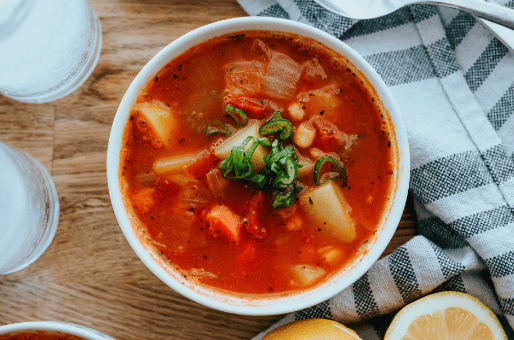
The average household wastes approximately 100 pounds of food every year. This includes rotten produce, expired items, scraps, and leftovers. That’s 100 pounds that could otherwise be used to feed yourself and your family.
Avoid waste with effective meal planning and proper food storage. Cook according to mindful portion sizes so there are fewer leftovers, and if leftovers do happen, store them in freezer bags until you have enough to make soups, stews, or casseroles with them.
With unusable items like vegetable peelings and eggshells, put them to good use in a compost heap. They’ll break down into nutrient-dense compost that you can use to replenish your garden soil, allowing you to grow a new batch of healthy, delicious plants.
If every person grew at least a portion of their own food, preserved what they could, and donated to food banks regularly, nobody on earth would need to struggle with food insecurity ever again. Taking steps to increase this security doesn’t take much effort, but the healthy rewards are innumerable.
